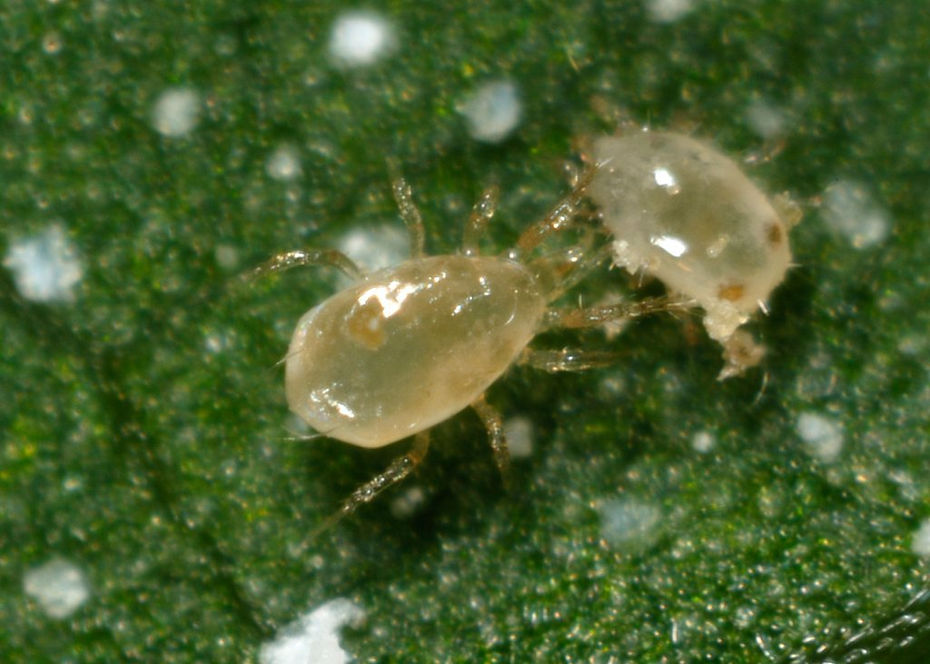
NO-TILL
holistic living soil
I'm a paragraph. Click here to add your own text and edit me. It’s easy. Just click “Edit Text” or double click me to add your own content and make changes to the font. Feel free to drag and drop me anywhere you like on your page. I’m a great place for you to tell a story and let your users know a little more about you.

“The symbiotic relationship between our soil, cover crop and cannabis is an important example how we achieve a synergistic balance in the gardens.”

We follow cultivation practices in line with a no-till, holistically managed method. We design our gardens to not only create the most advantageous environment for our plants but also thinking about the intuitiveness of the layout for our gardener’s workflow to be as efficient as possible. Our soil comprises of the highest quality, organic and single-sourced amendments found in North America. The biodynamic soil in conjunction with the barley straw and red clover cover-crop creates a symbiotic relationship with the cannabis. We introduce beneficial insects of all kinds into our gardens and these friendly critters will help keep negative pest pressure at bay.
NO-TILL
holistic living soil
BIO-DIVERSITY
in a no-till holistic living gardens
Red Clover

Cannabis is not the only plant in our garden that produces beautiful flowers. Our Red Clover although aesthetically appealing, provides much more than just a visual pleasantry. This spectacular plant is one of the varieties we use for our cover crop. Not only does this balance nitrogen levels but it acts as a moisture regulator and prevents hydrophobia. Red Clover is a great source of food in the form of pollen for our beneficial insects
Rove Beetle

Rove beetles are known from every type of habitat in which beetles occur, and their diets include just about everything except the living tissues of higher plants.
Most rove beetles are predators of insects and other invertebrates, living in forest leaf litter and similar decaying plant matter. Our red clover flower’s pollen provides a food source for the rove beetles in the garden. This symbiotic relationship is one example of how we strive to have a synergistic balance in the gardens at Tao.
Arbuscular mycorrhizal Fungi
.png)
Arbuscular mycorrhizal fungi perform important services related to water dynamics, nutrient cycling, and disease suppression. Along with bacteria, fungi are important as decomposers in the soil food web. They convert hard-to-digest organic material into forms that other organisms can use. will never get out of control with these guys (rove beetles) present. They need a thick moist mulch layer to prosper.
This is always a good sign that our living soil is active with microbial life and maximizing antioxidant potential in the host plant. We have seen a dozen different fungi varietals sprout up in the garden. The fungus enhances the uptake of water and nutrients while increasing the photosynthetic capabilities of the host plant.
Neoseiulus Cucumeris

N. cucumeris has been used under glass in bio-control of thrips, whitefly, psylids, aphids and mites. These bugs happen to be one of our best friends in the garden, as well as one of our most popular predatory mites used.
It is widely available commercially and can be distributed round the crop in sachets suspended from the host plants. These contain the mite mixed with bran, accompanied by bran mites, as a temporary food source.
There are misconceptions of the efficacy of said predatory mites, but when used properly there is no denying the benefits of these little guys in a no-till garden.
That being, said these mites are very volatile and have to be treated with the utmost care during application or you are simply throwing your money away.
Nematodes

Nematodes are an integral part of our garden. These multicellular insects have smooth and unsegmented bodies. Although microscopic, beneficial nematodes have a big role in our soil health by feeding on problem-causing bugs and decaying material.
Supplied by: @arbicoorganics
Predatory Mites

Many cultivators are working endlessly to prevent or treat bugs in their garden, but we actually promote the population of certain critters, such as Amblyseius Swirskii. These predatory mites are useful to control the proliferation of spider mites, whiteflies, broad mites and other tarsonemid mites. We introduce these to the garden during the 2nd week of flower. Unlike in earlier stages, we use sachets in order to avoid the bug carrier to interfere with bud-sites on our plants.
Keep in mind, all predatory mites are very tenuous and if not handled properly lose much of their efficacy. Many foliar applications that attack problem causing mites will also hinder these beneficial mites from doing their job. This is just another example of the things we work towards at Tao Gardens to ensure all of our supporters can feel confident in knowing that every gram of flower coming out of our garden is as clean as it gets.
Hypoapsis miles is the primary regulator of our soil ecology here at Tao Gardens. This generalist predator mite ruthlessly consumes a myriad of pests including fungus gnat larvae, root aphids, and thrips, while also being able to sustain on algae’s and decaying organic matter when pests are not present. After an initial application in new soils, their populations will naturalize and self regulate, eliminating the need for further applications. This mite is a true hallmark of sustainable gardening practices. Hypos, as with any predator we introduce, are there as a preventative. We would not address a root aphid infestation with hypos alone, and beauveria (via BioCeres) is also an integral component of our IPM. We have been fortunate enough to not see any root aphids in the garden, but hypos will absolutely feed on them when present.
